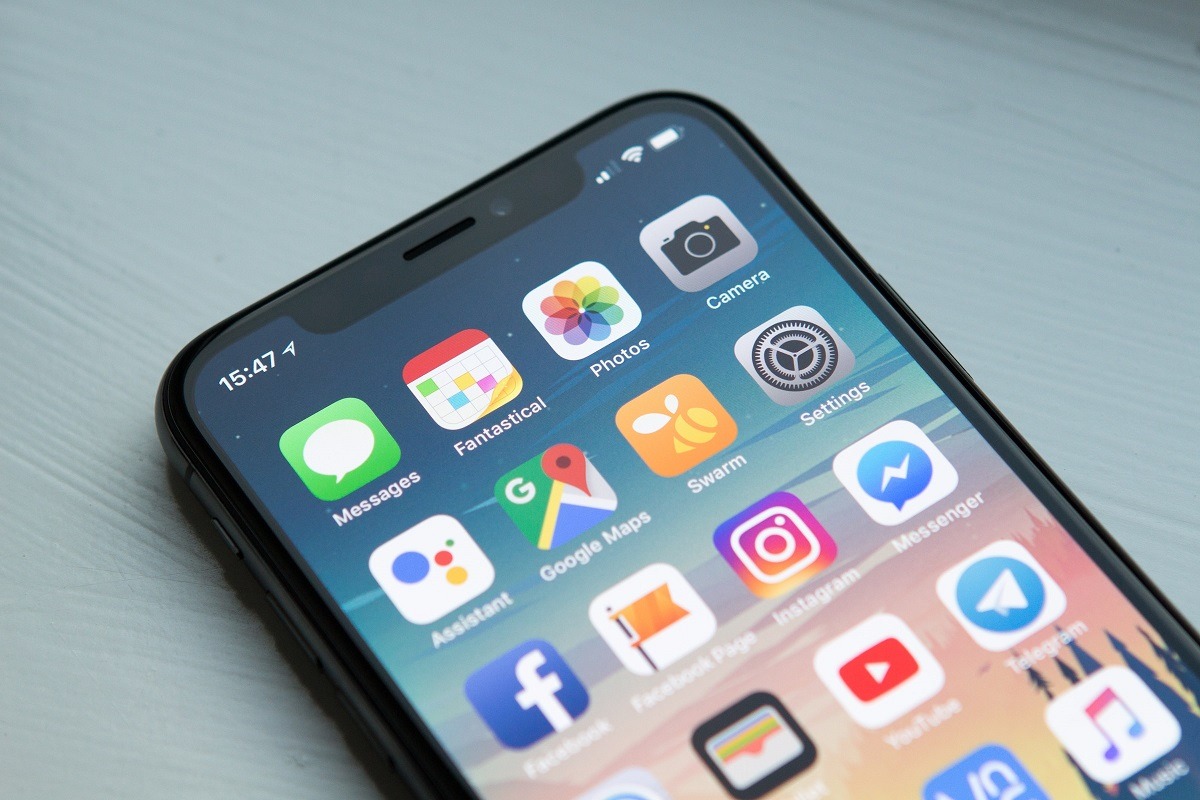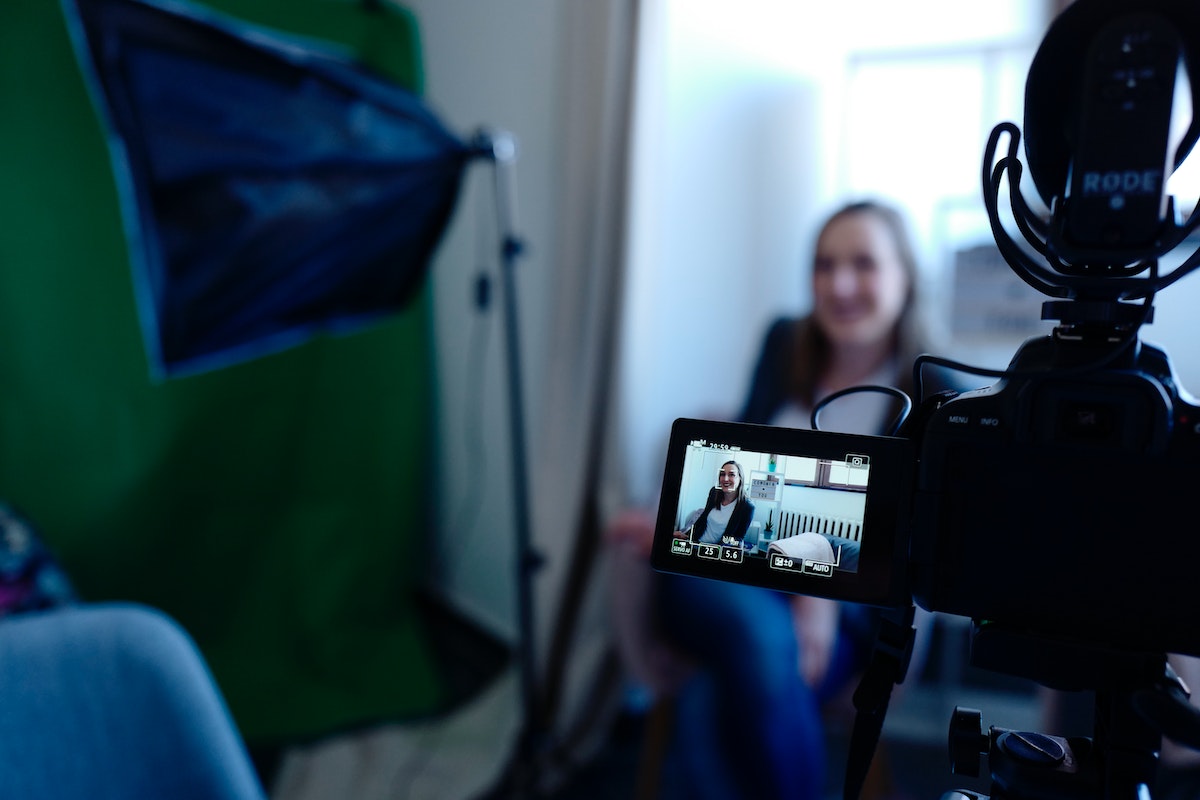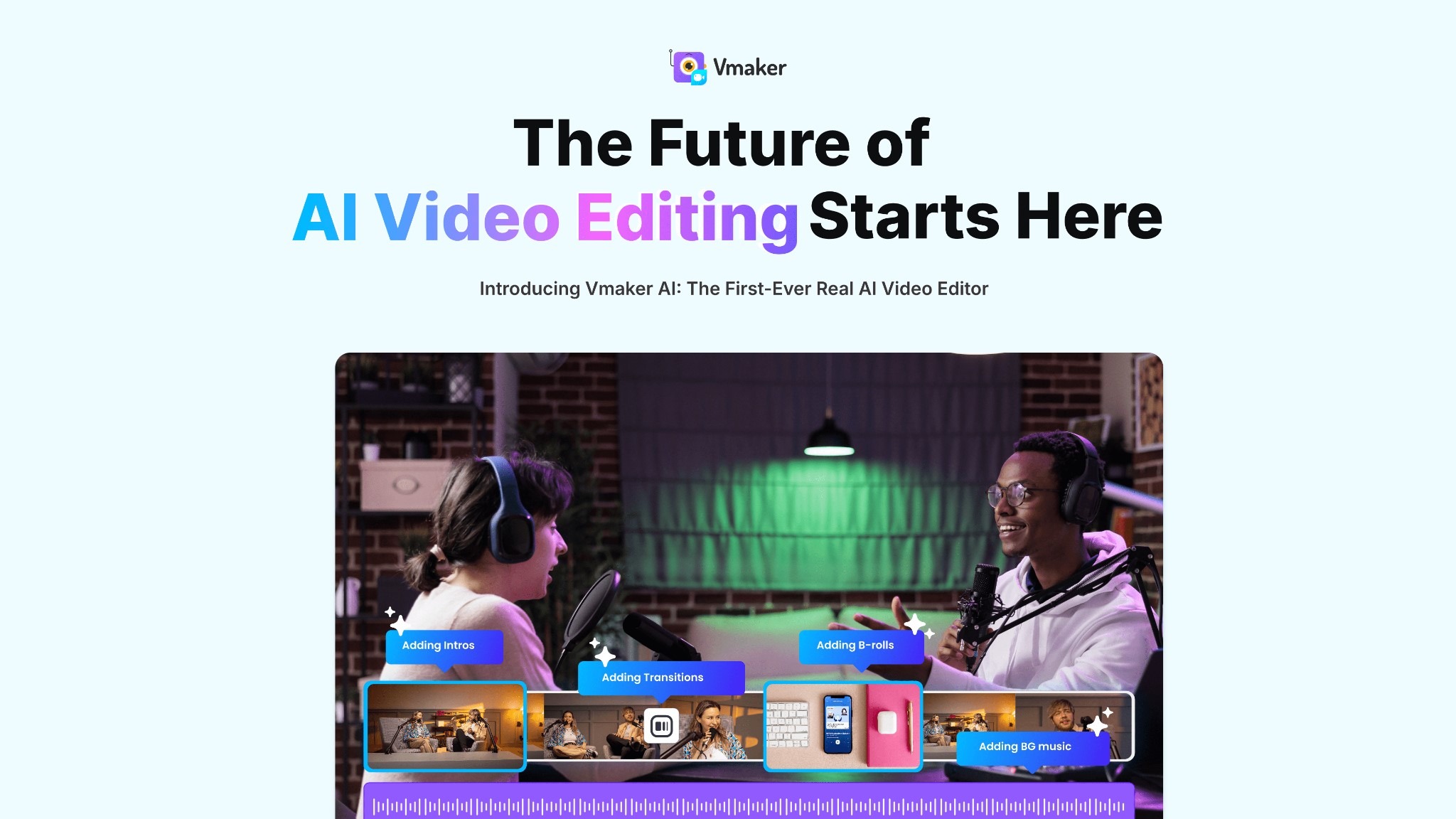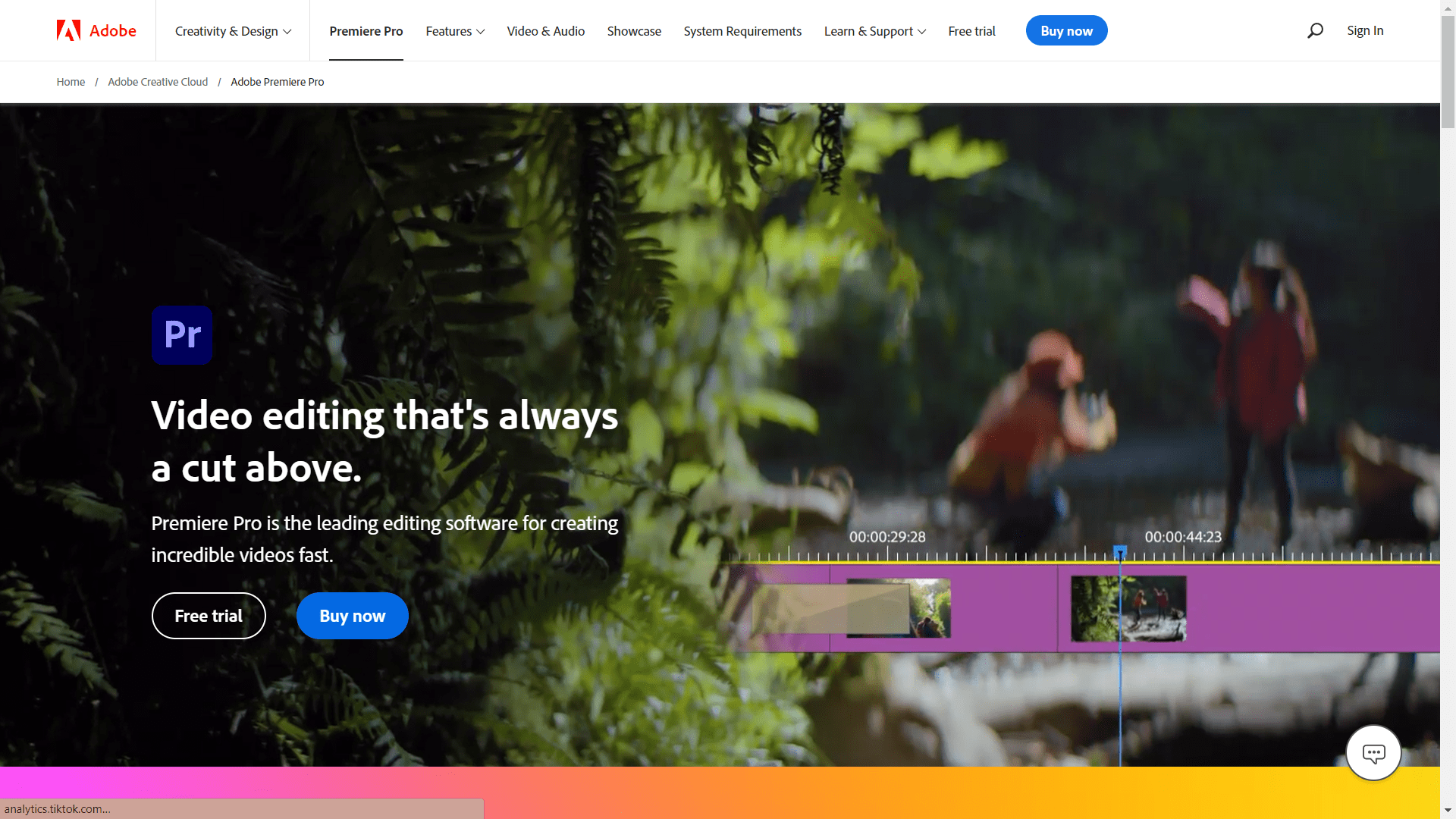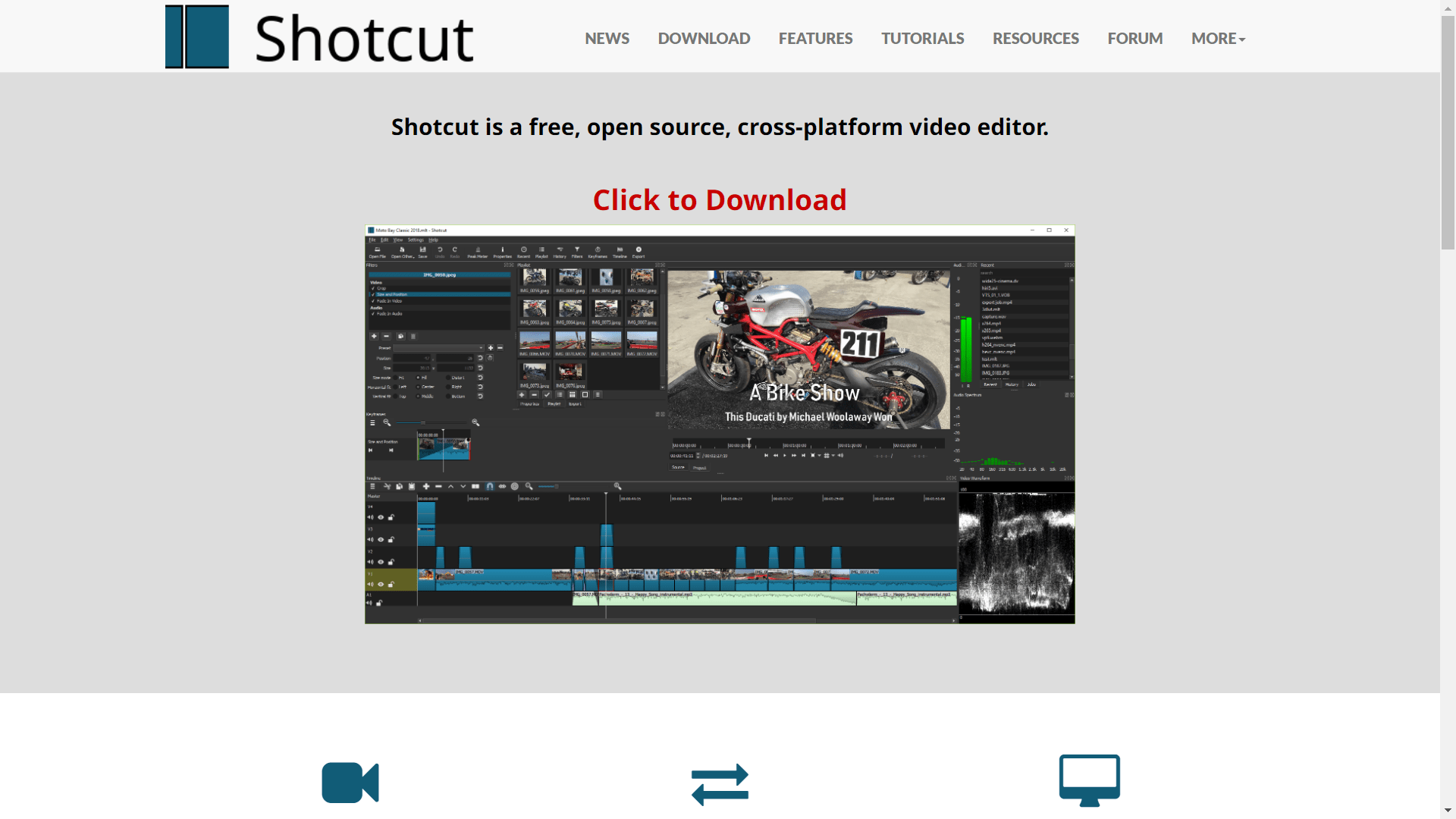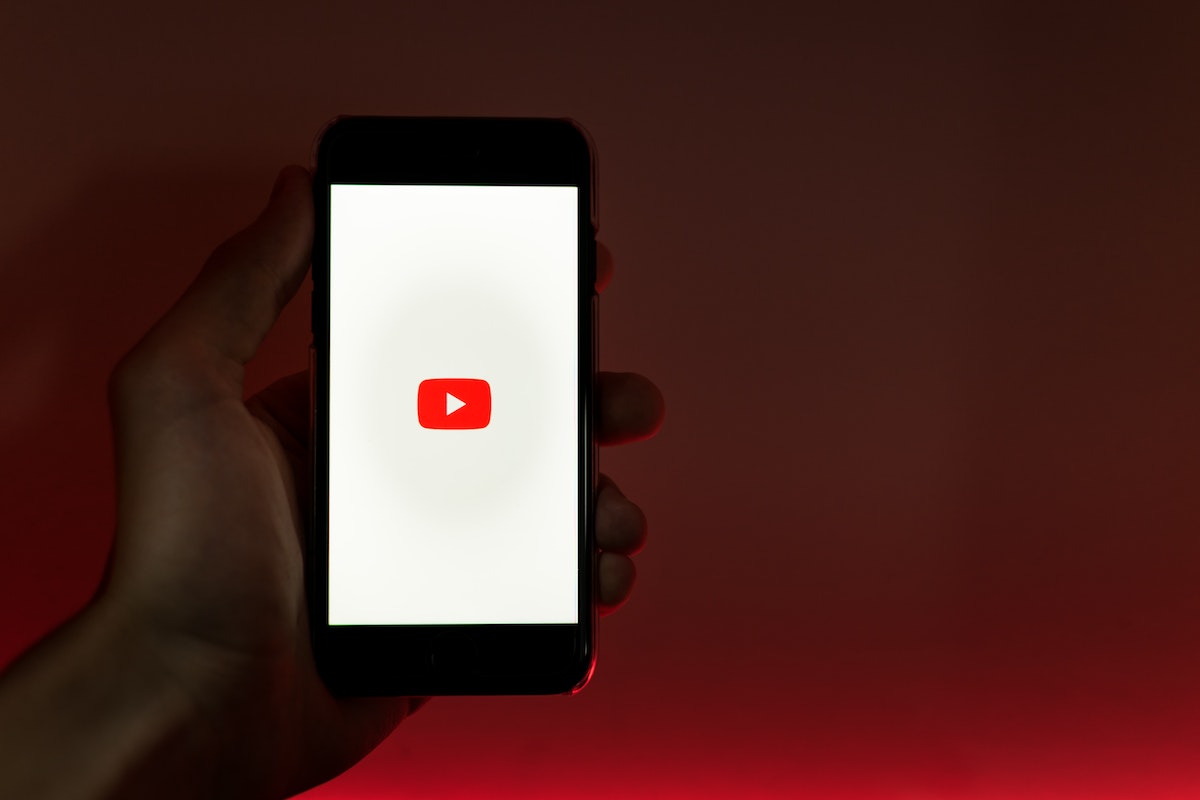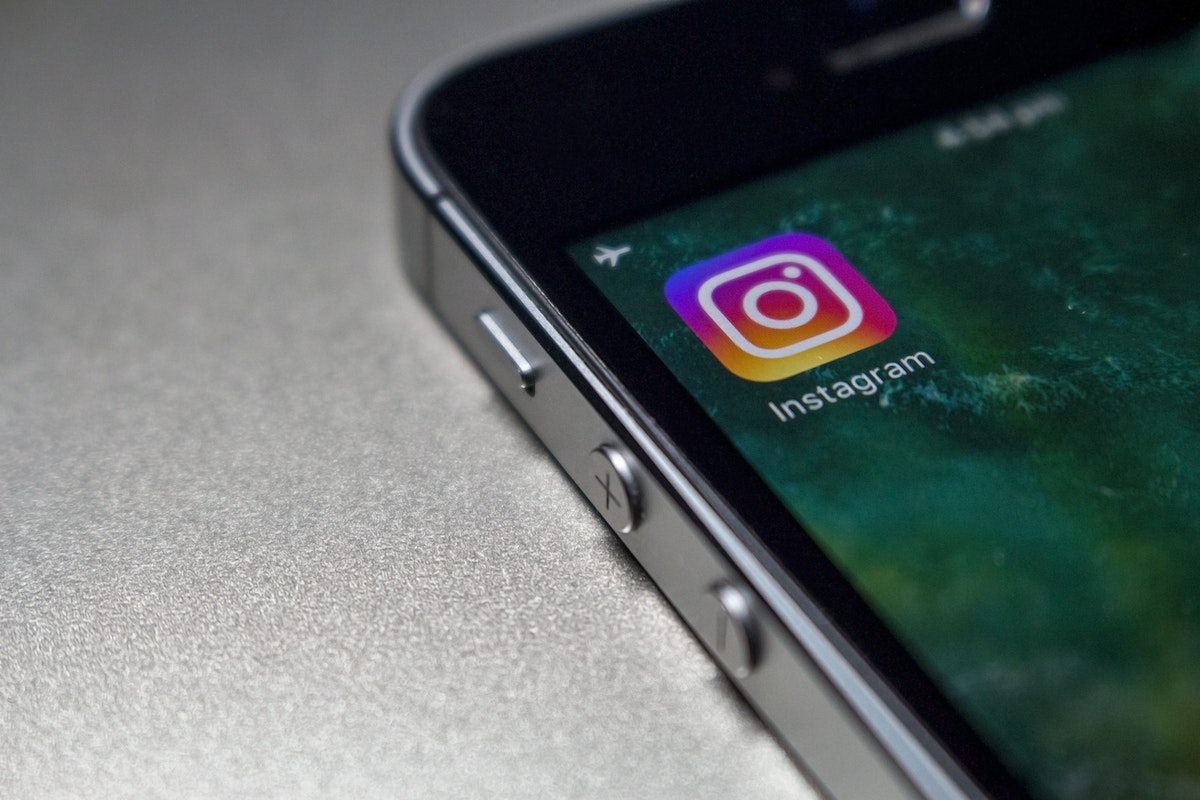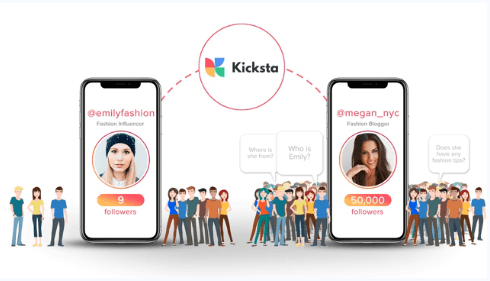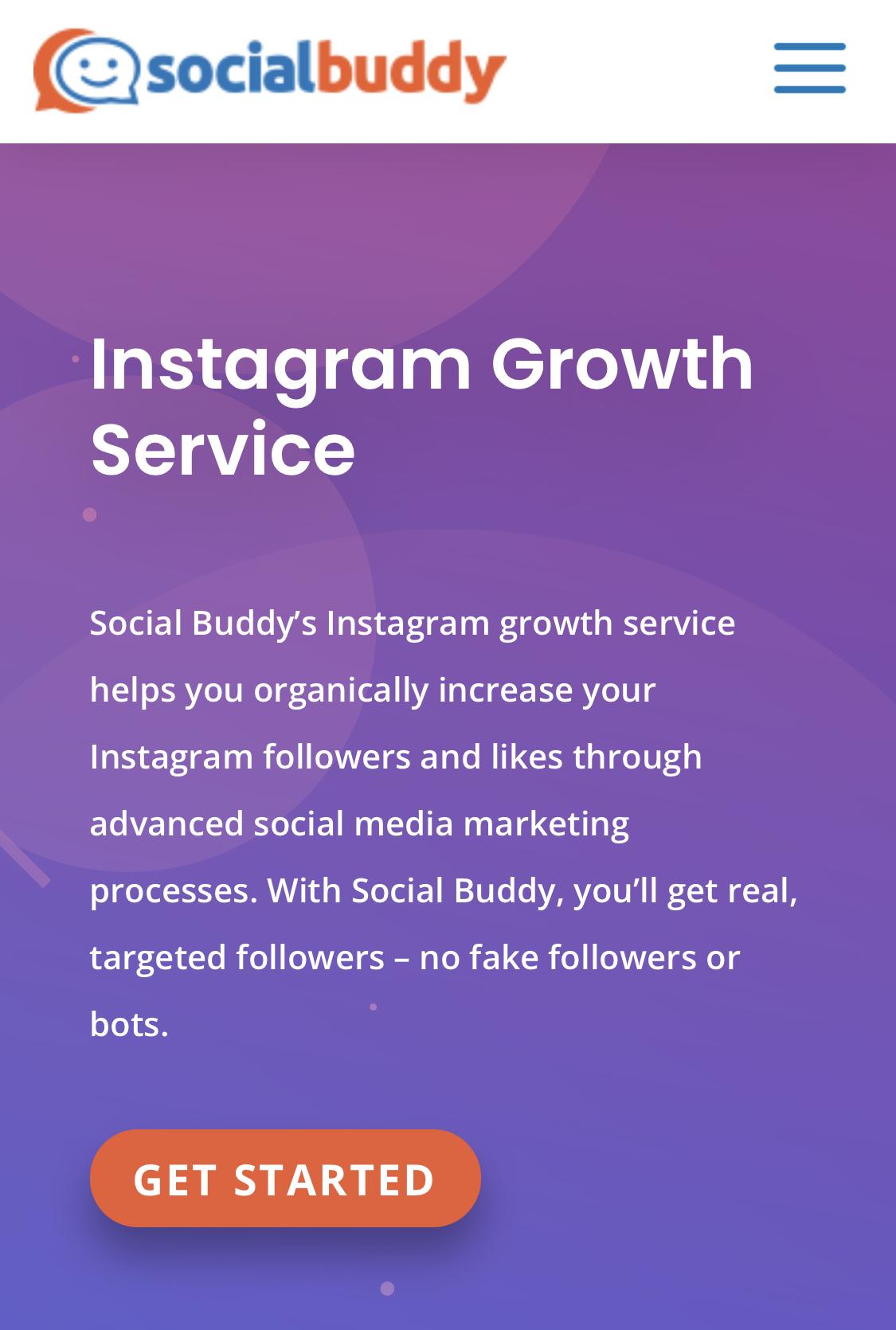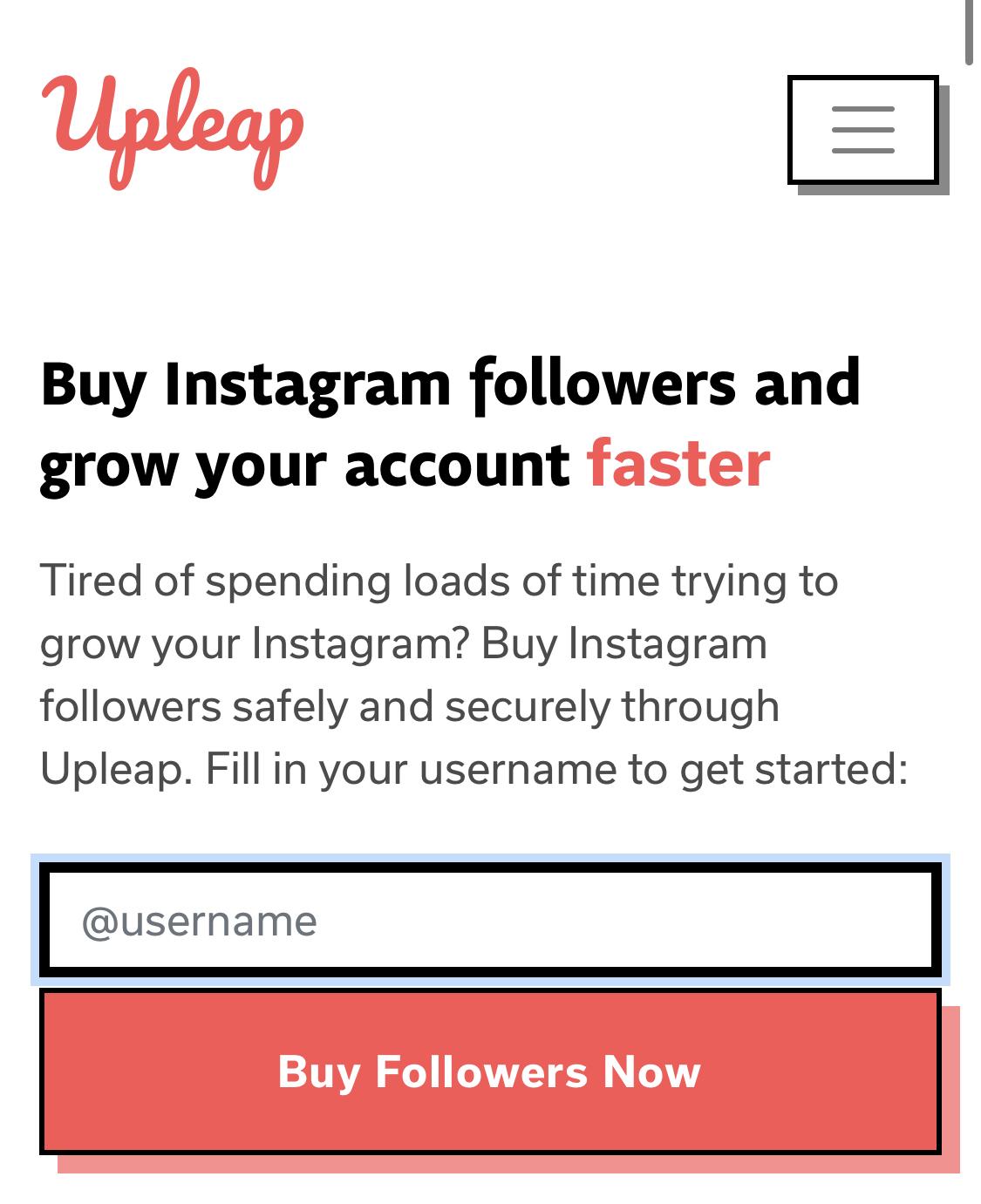TikTok has emerged as a game-changer in the world of social media, giving birth to a new wave of digital influencers and paving new avenues for content creation. For anyone venturing into this vibrant platform, tracking follower growth isn’t just a vanity metric; it’s a reflection of your evolving digital journey. While cultivating organic growth is indispensable, the complexities of the platform sometimes require a sharper, more informed approach.

This is where a reputable TikTok followers growth strategy service comes into play. These services not only offer in-depth insights into your performance but also tailor strategies to ensure you’re hitting the mark every time. Marrying organic efforts with professional guidance can amplify results, propelling your TikTok account into the spotlight.
Understanding TikTok’s Algorithm
Grasping the intricacies of TikTok’s algorithm is the foundation of a successful content strategy. The algorithm determines which videos end up on a user’s “For You” page, and consequently, how many new potential followers see your content.
It’s not just about content creation; it’s about understanding how and why some videos gain traction. Engagement, video completion rates, and relevance are just a few of the key factors the algorithm takes into account. Thus, a keen understanding of these elements can lead to a surge in follower growth.
Importance of Authentic Content Creation
In the vast ocean of TikTok content, originality is the beacon that draws followers. Authentic content not only sets creators apart but also builds a bridge of trust with audiences. This is because viewers are more inclined to follow an account when they feel a genuine connection.
Building on your past success, you can download videos of multiple TikTok sizes to rework the content, add commentary, and leverage past success into future growth.
While it’s tempting to jump on every trend, it’s essential to maintain a unique voice. This doesn’t mean avoiding popular challenges or trending songs; it’s about integrating them into your brand or personality in a way that’s both relatable and distinctive.
Regular Engagement with Your Audience
Beyond content creation, TikTok’s dynamic nature demands active engagement. Taking the time to respond to comments, engage in duets, or even host live sessions can significantly amplify your reach and foster a deeper connection with your audience.
These interactions make followers feel valued and seen, leading to stronger loyalty. Furthermore, encouraging user-generated content or initiating collaborative projects can not only diversify your content but also introduce your profile to a broader audience, helping you boost TikTok followers and credibility.
Analyzing Follower Demographics and Preferences
Understanding your audience is paramount on any platform, especially on TikTok. One of the platform’s prime offerings for creators is its comprehensive built-in analytics. It’s here that insights about your audience come to light, helping you understand which content strikes a chord.
For instance, consider that approximately 32.5% of TikTok users in the U.S. are between 10 and 19 years of age. This demographic insight can shape content strategies, guiding creators to produce age-relevant content that resonates deeply. Whether you’re discerning the right type of music, determining the optimal time for posting, or figuring out thematic preferences, TikTok’s analytics are your compass.
Promotion and Cross-Platform Sharing
Expanding your content’s reach is pivotal in growing your follower base. Sharing TikTok videos on platforms like Instagram, X (Twitter), or even Facebook can introduce your content to audiences who might not be active on TikTok. For those looking for an initial boost, you might consider strategies like running targeted ad campaigns or even deciding to buy some active TikTok followers. This can be a starting point to enhance visibility, although it’s crucial to focus on organic growth and engagement for sustainable success.
Collaborations, too, serve a dual purpose: they provide fresh content and a chance to tap into another creator’s audience. For those looking to invest, TikTok ads can be a potent tool. By promoting content to a targeted audience, you ensure that your videos find viewers who are likely to engage and follow.
Consistency is Key
The TikTok landscape is ever-evolving, and being consistent ensures that you remain relevant in your followers’ feeds. It’s not just about quantity, but about maintaining a rhythm that your audience can anticipate. Whether it’s daily or thrice a week, finding and sticking to a posting frequency ensures you remain on the radar. And for those juggling multiple commitments, leveraging scheduling tools can ensure that your TikTok presence remains uninterrupted.
Challenges in Tracking Follower Growth
As with any journey, tracking follower growth on TikTok isn’t devoid of challenges. It’s vital to discern genuine follower growth from inauthentic bot followers. While the numbers might look impressive on the surface, bots don’t engage or contribute to genuine growth.
Plus, getting too fixated on metrics might overshadow the primary goal: creating content that resonates. Recognizing these pitfalls can guide creators to focus on what truly matters: building a community and sharing their unique stories.
Final Thoughts
In the expansive realm of TikTok, tracking and understanding follower growth is more than a numbers game. It’s about creating genuine connections, telling compelling stories, and evolving with the audience’s preferences. As creators continue to shape this digital space, combining organic growth with expert insights ensures not just numbers but meaningful relationships. After all, in the world of TikTok, it’s not just about being seen—it’s about being remembered.
